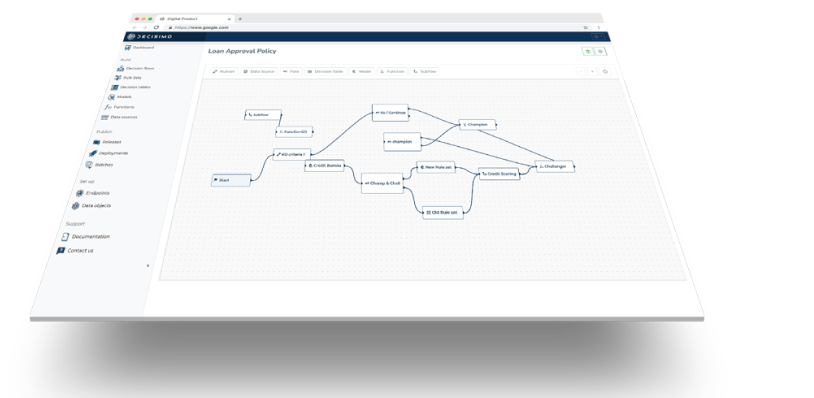Discovering Potential Merchant Fraud - Decisimo - Decision Intelligence Services
Published on: 2024-08-10 18:29:56
Chief risk officers in point of sale consumer lending companies or buy now, pay later (BNPL) companies have the crucial responsibility of detecting, investigating, and preventing merchant fraud. It is essential for these companies to have a well-coordinated anti-fraud team, supported by analysts and investigators, to maintain the integrity of their financial services. This article discusses various methods to discover potential merchant fraud and provides practical steps to tackle this issue while considering profit-sharing bonuses offered to merchants based on risk performance.
Assumptions and Fraud Indicators
In a scenario where financial companies offer profit-sharing bonuses to merchants based on risk performance, some merchants may be motivated to manipulate the system to profit from fraud while also receiving these bonuses. Although merchants are not typically responsible for managing payments, overseeing collections, or handling welcome calls and customer calls, they may choose to get involved in these processes to ensure the fraud they are participating in goes undetected. Here are some indicators that can help detect potential fraud:
- Concentration of phone numbers: Primary, secondary, and family phone numbers can reveal interconnected networks of potentially fraudulent activities.
- Suspiciously perfect welcome call results: Overly positive welcome call results on a specific segment can indicate a potential fraud.
- Same payment channel & account/identifier: Repeated use of the same payment channel or account can signify fraudulent behavior.
- Repeated user account access from the same IP/browser fingerprint: This could imply the merchant is accessing multiple customer accounts to manipulate data.
- Constant monitoring of the same customers through the sales portal: This can suggest fraudulent intent if the merchant is tracking specific customers' statuses.
Practical Detection and Prevention Techniques
- Network visualization of phone numbers: Periodically export phone numbers and analyze their connections using a network visualization tool, such as Gephi. This will help identify patterns and possible fraudulent links.
- Tracking welcome call results: Monitor individual responses to each question during welcome calls, and watch for any concentration of "perfect scores." If your welcome calls are structured well, identifying suspicious patterns should be relatively straightforward.
- Payment logs analysis: Review payment logs and perform analyses to detect concentrations. For example, identify the number of unique customers associated with each payer's account number to spot any unusual patterns that could indicate fraud.
- Logging access to user environments and sales portals: Implement log monitoring for user environments and sales portals. This will help track access patterns and identify suspicious activity, such as repeated access to the same customers' accounts.
- Implement risk-performance monitoring: Continuously monitor risk-performance metrics tied to profit-sharing bonuses, and watch for unusual patterns or sudden improvements in performance. Implement checks and balances to ensure that merchants cannot manipulate the system to receive undeserved bonuses.
Conclusion
Detecting and preventing merchant fraud is a top priority for chief risk officers in point of sale consumer lending and BNPL companies. By combining technical knowledge with practical techniques, these professionals can effectively analyze potential fraud indicators and implement robust detection and prevention strategies. Additionally, carefully monitoring risk-performance metrics tied to profit-sharing bonuses can help maintain the balance between incentivizing merchants and protecting businesses and customers from the adverse effects of fraud. Continuous monitoring, analysis, and improvement of these processes will help maintain the integrity of financial services.


